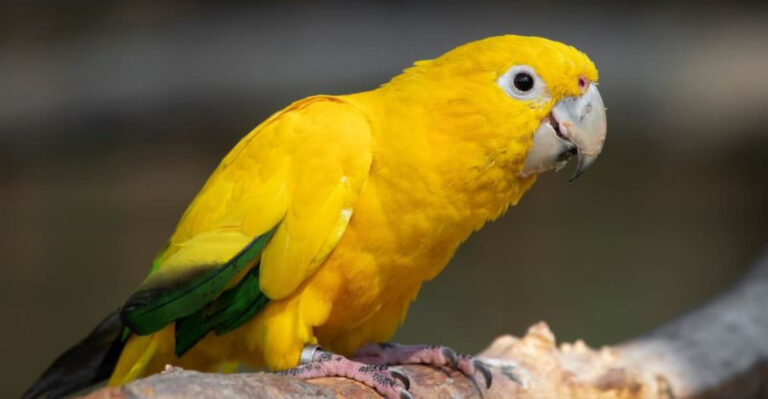The World’s Most Popular Aquarium Fish And 9 More That Win Over Everyone’s Heart
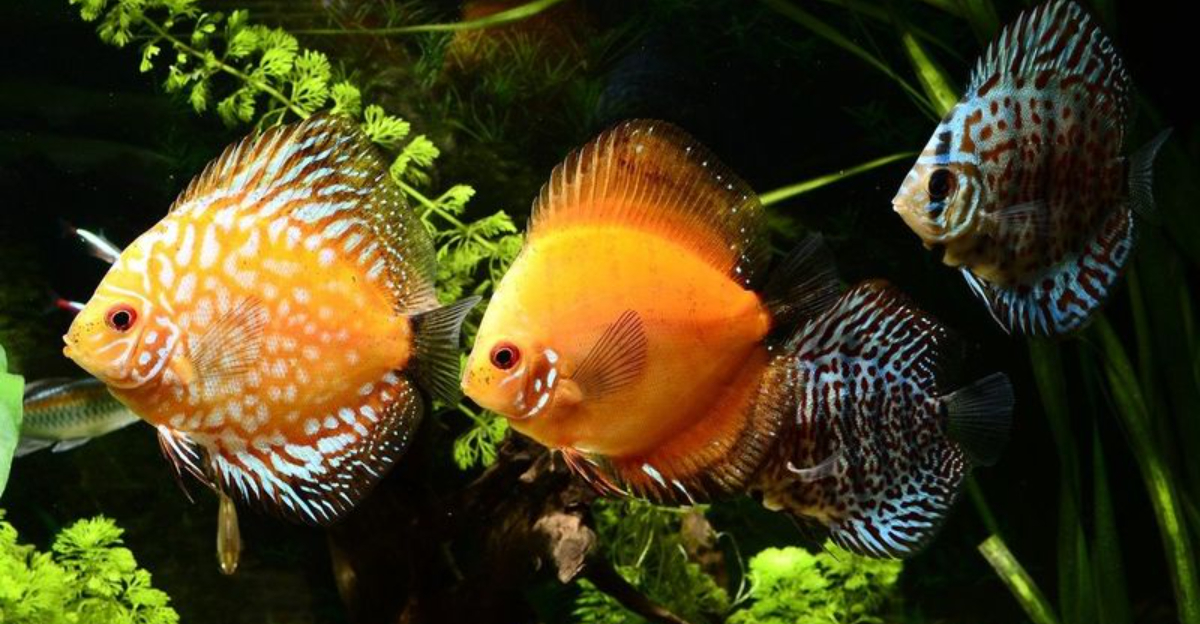
Aquariums bring a splash of underwater magic right into our homes. These miniature ecosystems showcase some of nature’s most colorful and fascinating creatures.
From vibrant swimmers to peaceful bottom-dwellers, aquarium fish come in endless varieties that capture our imagination and create a sense of calm in any space.
1. Betta Fish: The Jewel Of Home Aquariums
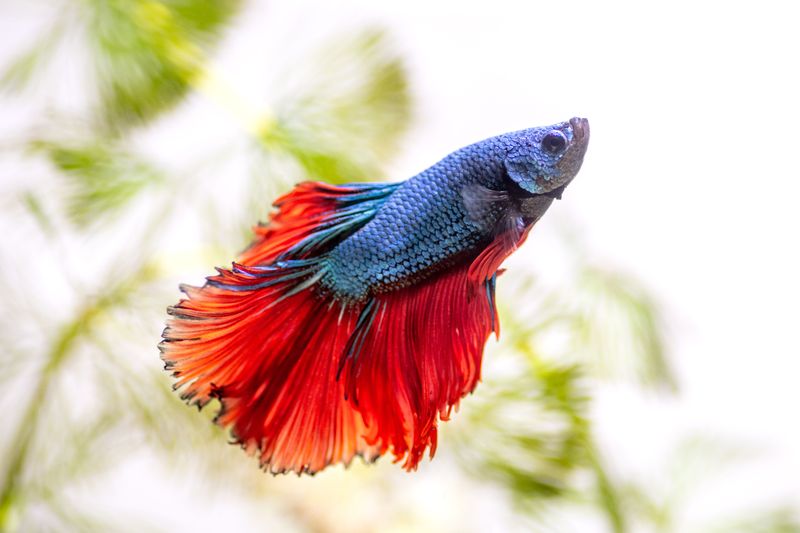
Those flowing fins and striking colors make bettas the supermodels of the fish world! Native to Southeast Asia, these fierce little fighters display an attitude much bigger than their size. Males flare their gills and spread their fins when they feel threatened – quite the dramatic show.
Bettas can actually breathe air from the surface using a special organ called a labyrinth. This unique ability lets them survive in smaller tanks, though they still need proper care and warm water.
Despite their reputation as fighters, many bettas recognize their owners and swim excitedly to the front of the tank when it’s feeding time. They’re like tiny water puppies with fins!
2. Goldfish: The Classic Aquatic Companion
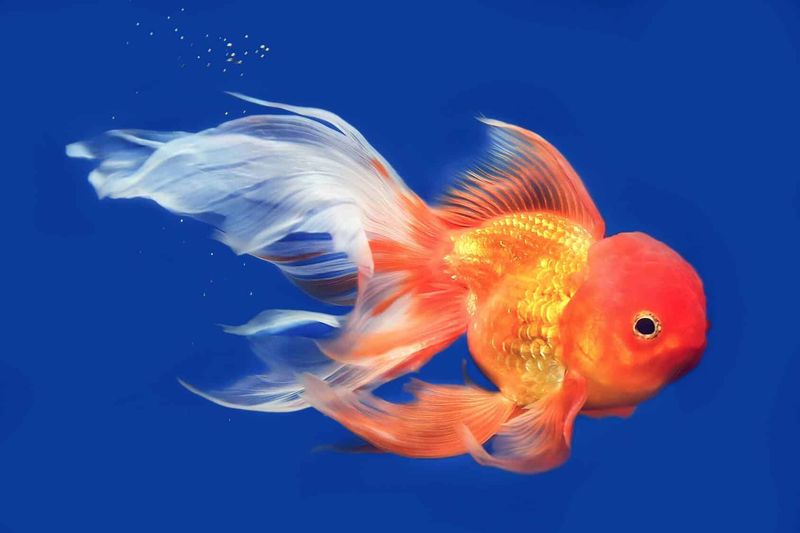
The original pet fish has been winning hearts for over 1,000 years! First bred in ancient China, goldfish were once considered luxury pets reserved for the wealthy. Today, these orange beauties are often the first fish many of us keep.
Did you know goldfish can remember things for at least three months? They’re much smarter than people think. With proper care in the right-sized tank, these hardy swimmers can live 10-15 years or even longer.
Goldfish come in amazing varieties – from fancy types with bubble eyes and flowing tails to streamlined comet goldfish that zip around the tank with amazing speed.
3. Neon Tetra: Tiny Glowing Wonders
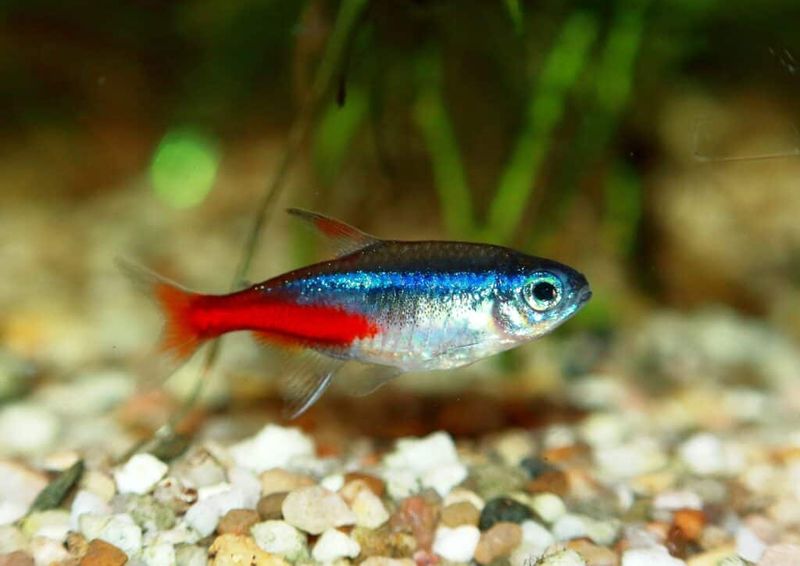
Imagine a living neon light darting through your aquarium! These finger-sized fish feature a brilliant blue stripe that seems to glow, paired with a striking red streak along their lower half. Originally from blackwater streams in South America, they bring a flash of color to any tank.
Neon tetras are schooling fish that thrive in groups of six or more. Watching them swim together in perfect harmony creates a mesmerizing display that can lower your blood pressure just by looking at it.
These peaceful community fish get along with almost everyone. Their small size and non-aggressive nature make them perfect tankmates for other gentle species.
4. Guppy: The Rainbow Fish For Beginners
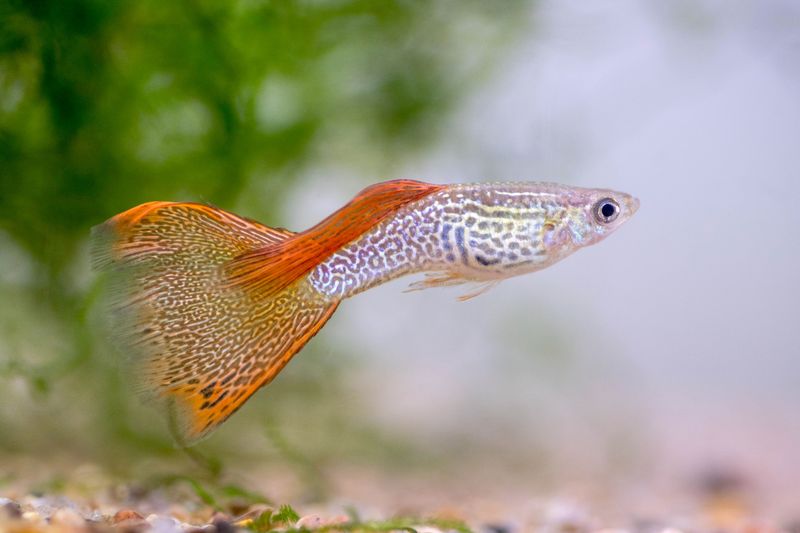
Male guppies strut around the tank like tiny peacocks, showing off tails that can be twice the length of their bodies! These colorful showoffs come in every pattern imaginable – spots, stripes, and splashes of color that seem impossible on such small fish.
Guppies are live-bearers, meaning they give birth to fully-formed baby fish instead of laying eggs. A female can have up to 100 babies at once, turning one fish purchase into a whole community overnight!
Hardy and adaptable, guppies can thrive in various water conditions, making them perfect for beginners. Their active, friendly nature brings constant movement and interest to any aquarium.
5. Angelfish: Elegant Triangular Beauties
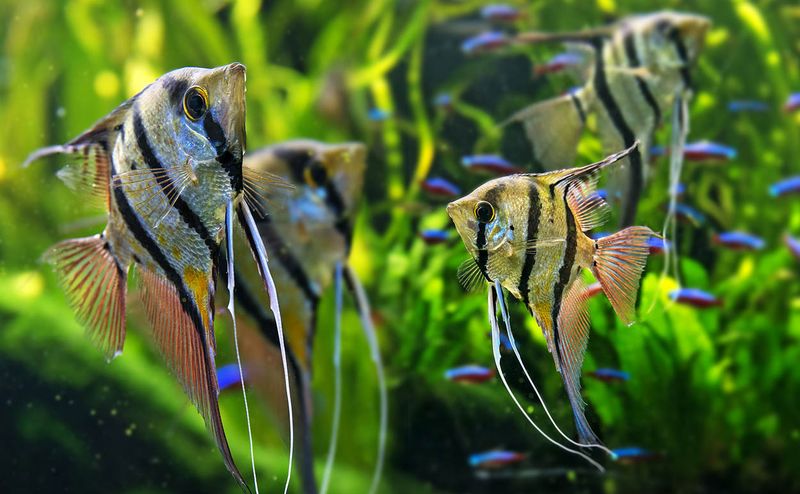
With their triangle-shaped bodies and long, flowing fins, angelfish bring drama and elegance to freshwater tanks. These distinctive fish seem to float through the water like underwater butterflies, moving with grace that captivates anyone watching.
Native to the Amazon River basin, angelfish prefer planted aquariums with plenty of vertical space to accommodate their tall, flat bodies. They’re curious creatures that will investigate anything new in their environment.
While generally peaceful, angelfish can become territorial during breeding. They form monogamous pairs and work together to care for their eggs – a fascinating behavior to observe in a home aquarium.
6. Plecostomus: The Tank’s Cleanup Crew
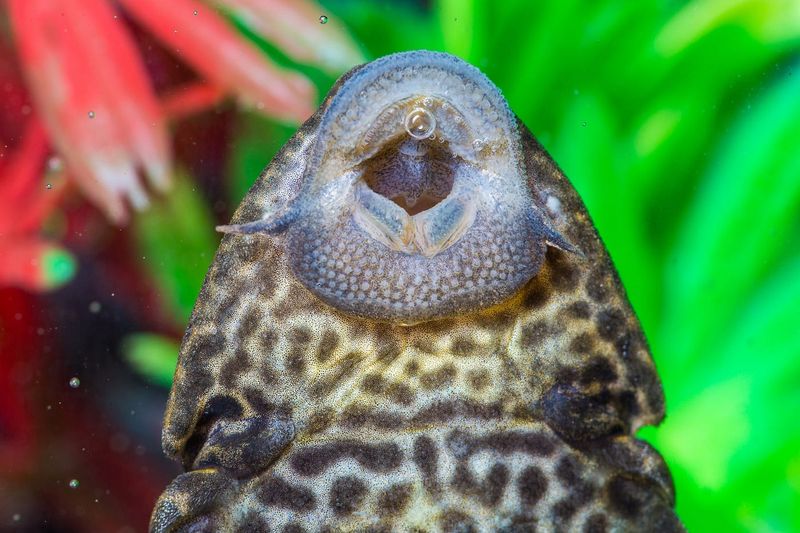
Meet the vacuum cleaner of the fish world! These armored catfish cling to tank surfaces with sucker-like mouths, methodically cleaning algae wherever they go. Young plecos are just a few inches long, but some species can grow to over two feet – surprise!
Their prehistoric appearance, with flat bodies covered in bony plates, makes them look like tiny aquatic dinosaurs. Many species have unique patterns of spots or stripes that develop as they mature.
Beyond their cleaning abilities, plecos add character to any tank. They’re often seen resting upside down or vertically on tank walls, defying gravity in ways that make fish-keeping even more entertaining.
7. Corydoras Catfish: The Adorable Bottom Dwellers
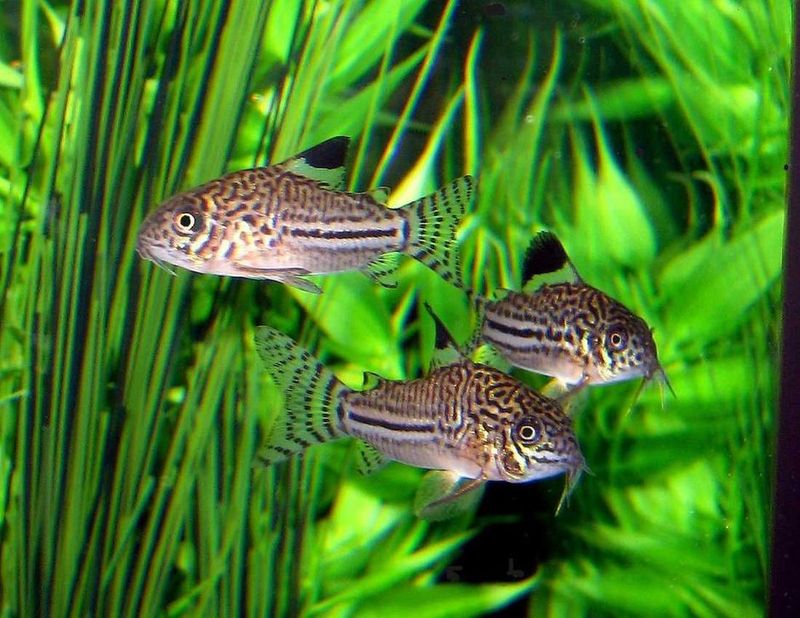
Watching a group of cory catfish shuffle through the substrate is like seeing a team of tiny underwater piglets! These sociable bottom-dwellers use sensitive barbels (whiskers) around their mouths to sift through sand and gravel for food.
Corys have a unique behavior of darting to the surface, grabbing a bubble of air, then returning to the bottom – a sight that never fails to amuse aquarium keepers. They’re peaceful community fish that work tirelessly to keep the tank floor clean.
These armored catfish come in dozens of species with different patterns and colors. Most stay small at 2-3 inches, making them perfect for tanks of various sizes.
8. Molly Fish: The Social Butterflies
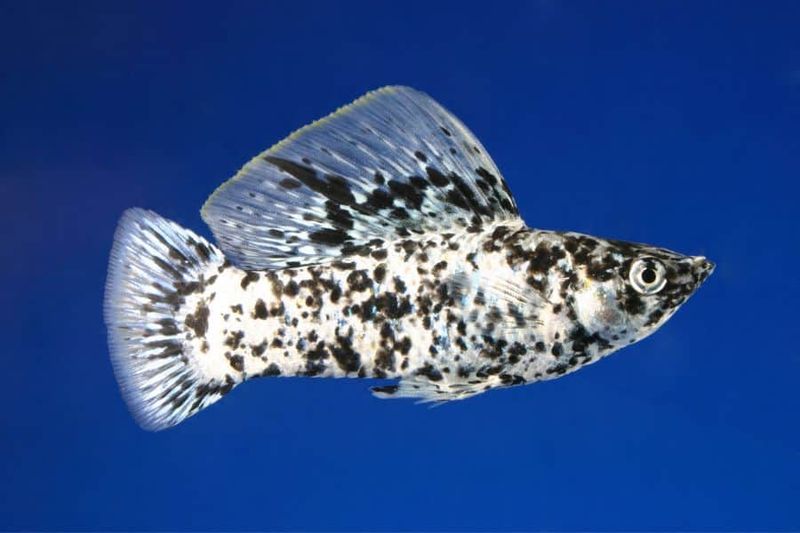
Mollies swim with such confidence you’d think they own the aquarium! These active livebearers come in spectacular varieties – sailfin mollies with tall, flag-like dorsal fins, dalmatian mollies with spotted patterns, and lyretail mollies with forked tails that flow behind them like wedding veils.
One of the mollies’ most remarkable traits is their adaptability. They can live in fresh, brackish, or even full saltwater environments, though most aquarists keep them in freshwater community tanks.
Female mollies give birth to fully-formed fry every 4-6 weeks. The babies are immediately independent and watching them grow from tiny specks to adult fish is a rewarding experience for any fish keeper.
9. Discus Fish: The Kings Of Freshwater Aquariums

Often called the “king of the aquarium,” discus fish command attention with their dinner-plate shape and vibrant colors. These magnificent South American cichlids showcase a kaleidoscope of patterns – from solid colors to intricate stripes and spots that seem painted by an artist’s hand.
Discus fish form strong social bonds and even display touching parental care. Baby discus feed on a special mucus secreted from their parents’ bodies – a fascinating behavior rarely seen in other aquarium fish.
While they require more specific care than some fish, their graceful movements and intelligent behavior make them worth the extra effort. Watching a group of discus glide through a planted tank is like witnessing living art.
10. Cherry Barb: The Shy Ruby Gems
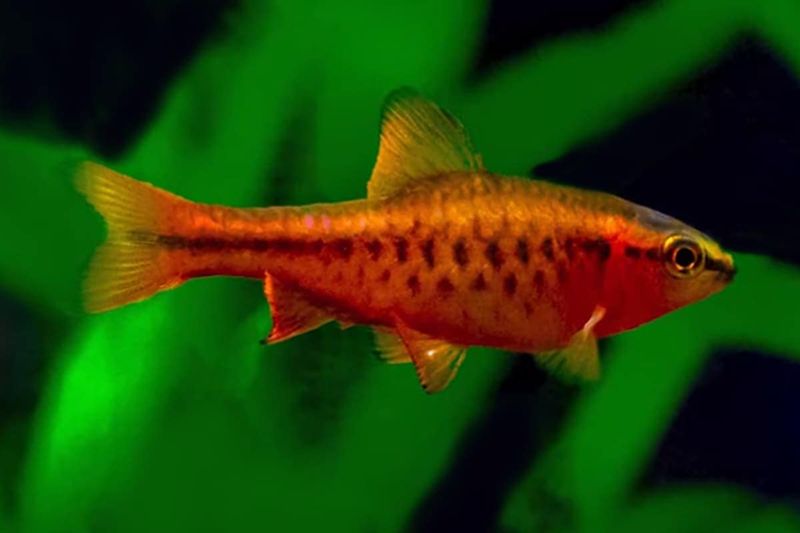
Male cherry barbs transform into living rubies when they’re trying to impress the ladies! These small, peaceful fish turn from pale orange to brilliant crimson red during courtship, creating flashes of color that brighten any community tank.
Originally from Sri Lanka, cherry barbs are schooling fish that feel safest in groups of six or more. They’re naturally shy at first but become more confident and display their best colors when kept with plenty of friends.
Perfect for beginners, these hardy fish adapt to various water conditions and get along with most tankmates. Their small size (around 2 inches) makes them ideal for aquariums as small as 10 gallons.



